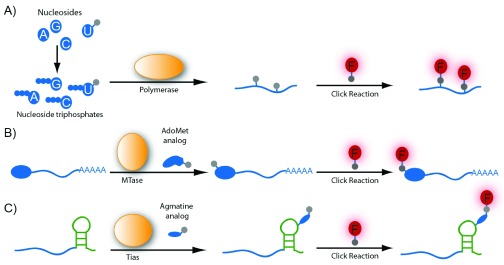Figure 3. Introducing covalent modifications into RNA and subsequent labeling by click chemistry allow visualization.
( A) Incorporation of modified nucleotides into nascent RNA by endogenous RNA polymerases. Ethynyluridine is cell-permeable, and the respective triphosphate is made inside the cell; hence, feeding the cell with the nucleoside precursor is possible. In other examples (azido-U), the cells have to be transfected with the respective triphosphates. ( B) Hallmarks of RNA subtypes, such as the 5′ cap, can be selectively modified. A methyltransferase (MTase) variant can be used to modify the mRNA cap with the clickable group if the respective S-adenosylmethionine (AdoMet) analog is provided. ( C) Transcript-specific installation of a click reactive moiety can be achieved by appending a tRNA-mimicking sequence to the RNA of interest. The enzyme tRNA Ile2-agmatidine synthetase (Tias) modifies the tag with a clickable group if appropriate agmatine analogs are provided.

